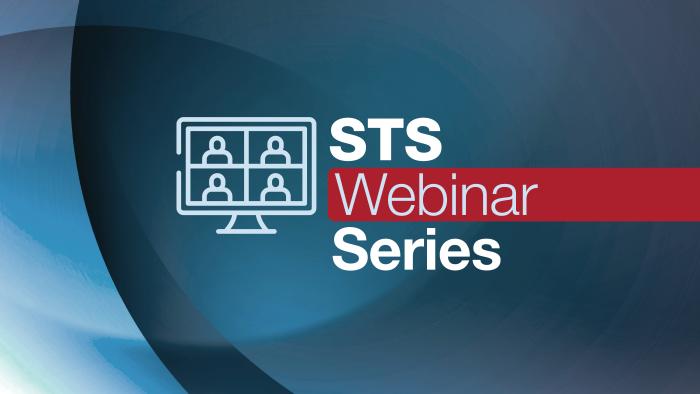Coarctation, a condition which comprises 4-5% of all congenital heart disease cases, is the second most common congenital heart defect requiring neonatal intervention. Yet there is a lack of guidance regarding aspects of its management in neonates and infants, primarily due to heterogeneity in phenotype, making consensus in management challenging.
Recently, the STS Workforce on Evidenced-Based Surgery and its Task Force on Congenital Heart Surgery formed a panel of congenital cardiac surgeons, cardiologists, and intensivists to provide guidance to specialists who manage isolated coarctation in neonates and infants1.
Methods
The multi-disciplinary Task Force members first identified key questions related to the care of these patients using the PICO Framework (Patients/Population, Intervention, Comparison/Control, Outcome). After performing a literature search for each question, practice guidelines were developed using a modified Delphi method with a “recommendation” classification and evidence level, which were graded using Class of Recommendations (COR) and Level of Evidence (LOE) based on AAC/AHA classification system2.
Results
The following recommendations reached a “consensus,” which meant that 80% of panel members voted on them, and 75% of them agreed with these statements:
- For neonates and infants with isolated coarctation, surgery is indicated in the absence of obvious surgical contraindications for those with prematurity, low weight, or other risk factors for surgical intervention.
- For patients with risk factors for surgery, medical management prior to intervention is reasonable.
- For those without associated arch hypoplasia, repair via thoracotomy is indicated.
- For those with associated arch hypoplasia that cannot be adequately addressed via thoracotomy, repair via sternotomy is preferable.
- For those with bovine arch anatomy, repair via sternotomy may be reasonable given the potential increased risk of recoarctation with bovine arch anatomy repaired via thoracotomy
- For those undergoing repair via sternotomy, antegrade cerebral perfusion or limited duration deep hypothermic circulatory arrest may be reasonable
- For those undergoing repair via sternotomy, extended end-to-end, arch advancement (end-to-side reconstruction with ligation of isthmus), and patch augmentation are all reasonable techniques
Conclusions
After completing the evaluation, Task Force members concluded that surgery remains the standard of care for managing isolated coarctation in neonates and infants. Depending on degree and location, arch hypoplasia may require a sternotomy approach rather than a thoracotomy approach. Significant opportunities remain to delineate management in these patients better.
Although these statements provide guidance considering the available data, they are not intended to be prescriptive, and practitioners should apply these based on their experience, as well as within the clinical setting in which they work.
"Some of these guidelines' most valuable aspects summarize the data related to thoracotomy vs. sternotomy, which is a continued area of debate," said the study's lead author, Dr. Elizabeth Stephens, associate professor of surgery at Mayo Clinic in Rochester, Minn. "The decision is often relatively subjective and based on the surgeon's training and/or experience."
This paper reveals the many questions that still need to be studied and answered. "The good news is that we as a specialty have moved from ensuring survival in these patients to decreased morbidities related to surgery, but the next step is studying long-term outcomes and how to improve them, namely freedom from hypertension and late reintervention," added Dr. Stephens.
Read the Annals article, which will soon be published in the upcoming September 2024 issue (Vol 118, No. 3) of The Annals of Thoracic Surgery.
References:
1. Stephens EH, Ahmad D, Alsoufi B, Anderson BR, Ashfaq A, Bleiweis MS, Dearani JA, d’Udekem Y, Feins EN, Jacobs JP, Karamlou T, Marino BS, Najm HK, Nelson JS, St. Louis JD, Turek JW, The Society of Thoracic Surgeons Clinical Practical Guidelines on the Management of Neonates and Infants with Coarctation, The Annals of Thoracic Surgery (2024)
2. Class of Recommendation (COR) and Level of Evidence (LOE); Further Evolution of the ACC/AHA Clinical Practice Guideline Recommendation Classification System: A Report of the American College of Cardiology/American Heart Association Task Force on Clinical Practice Guidelines. Journal of the American College of Cardiology, 67(13), 1572–1574. https://doi.org/10.1016/j.jacc.2015.09
